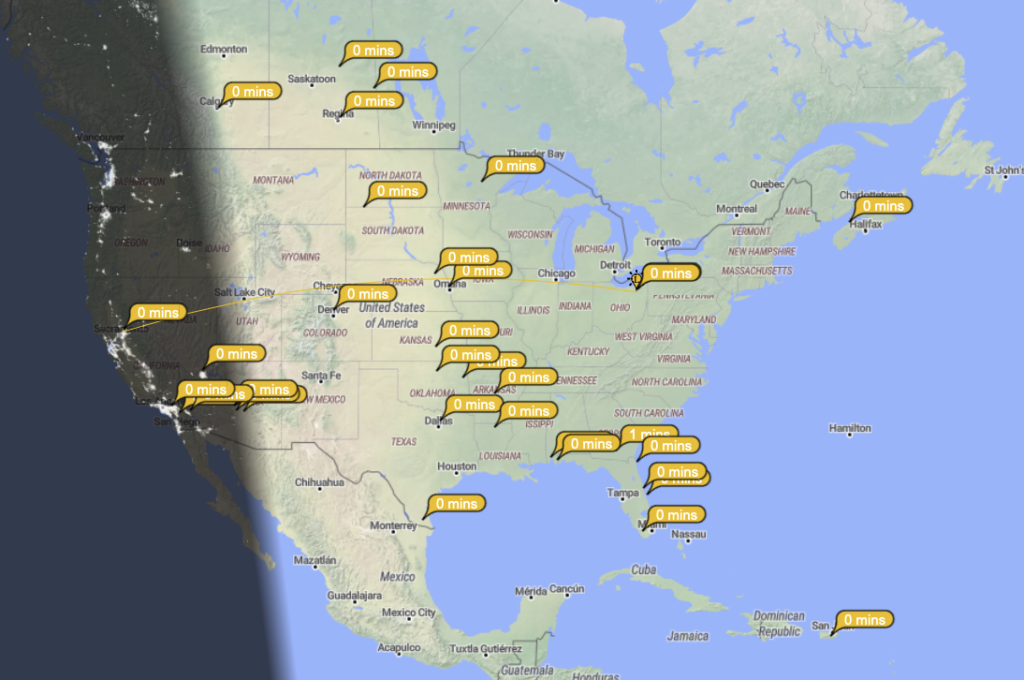“Broken Window” by akeg is licensed under CC BY-SA 2.0.
A Little History
A couple of years back, I decided that I wanted to spend more time on the air and less time playing around with IT nonsense for radio. The quickest path to that, it seemed at the time, was to jump in and get a Windows tablet as so much ham radio software is Windows Only.
What I forgot was that I really have a distaste for the Microsoft ecosystem which was cultivated over a long career as a developer in that space. And as an end user, I find much of what Windows does offensive. Things that should be easy never are and things that should be difficult but achieveble, are usually relegated to the realm of the impossible.
But I plugged along with it anyway. Of course, I hit that point where I had to reload Windows on the Surface Go 2 because, well, it’s 2023 and still the fastest and sometimes only way to fix an issue with software is to completely reload the operating system of the device. Sure. Makes sense.
…please…
After that reload, it fell apart again. The thought of sitting there and reloading all of that software and all of the drivers started to make me twitch. It was definitely time to reexamine what I was trying to do with digital modes and why it was that I had to use Windows.
Why Stay?
The first big hurdle to consider is Winlink and VARA HF. These are both packages that only exist on the Windows platform. Set aside for a minute that Winlink looks like the Outlook Express version that shipped with Windows 98 and instead focus on what it brings to the table. It handles sending and receiving email using a number of different TNCs and modems. It also has the integrated standard forms. These are both pretty big selling points. It is mature software, but unfortunately, I think it catered to the “I’m Never Leaving Windows XP” crowd a bit too long and is in dire need of updates. Again, I don’t know that for a fact, but it’s how it appears from the outside. It doesn’t feel like software meant for the modern versions of Windows, but it works for a lot of people.
VARA HF wasn’t really on my hit list until I started to reckon with the fact that it’s closed source and only runs on Windows. That doesn’t scream flexible to me. It’s rock solid software and has never caused me a bit of pain. However, it exists in a space that makes me uncomfortable and that tells me that I need to think about it regardless of its excellent performance to date. It is, however, a compelling package on the platform that I can’t get anywhere else.
Another big issue is that ICOM, in typical ham radio manufacturer style, only makes software for Windows. Their remote software that allows me to use my IC-705 wirelessly is Windows only. Oh, and they charge for it. (That software should be bundled with the rig. It’s the reason a decent percentage of us bought it and tossing another couple hundred bucks on top of the cost of the rig for the privilege of using a primary feature is a bit hostile to the customer, in my opinion.) Anyway, that software is Windows only. Another reason to try and make it work.
But most of the time, I’m out there using WSJT-X. I use HAMRS to log when I want a non-paper log. Both of those run on any platform. This all brings me back to the central question which is…
What Am I Doing With A Computer And A Radio?
It’s less instructive to look at aspirational uses and focus instead on what we know is the daily driver use case. The bulk of my digital operations are FT8. I do occasionally send email using Winlink. Those are the meat and potatoes of my operations.
Now, I’m getting more into JS8Call and RTTY. I have an attraction to the Olivia crowd that is slowly building. I also want to get more into packet radio in general. So while I’m not doing a ton of that today, those are all bases that I want to cover.
The only real must here is being able to connect whatever computer I’m using to my IC-705 wirelessly. I simply refuse to ignore that feature of my radio and I’m willing to put up with a lot to keep that.
Options
The first option is, of course, to reload Windows and know in my heart that I’m going to do it again. And again. And again. I could probably come up with a way to image something and make installing software easier. This is taking me back to my IT support roots and…I don’t like it. Every minute that I’m poking at a computer is a minute I’m not enjoying my radio. So this doesn’t seem like a winning proposition, but it’s something that I could do.
The second option is to run off to a MacBook Air. The refurbished M1 units are not horribly priced and I have a lot of experience with using my Mac and my radios. I know that I could do everything that I could want to do on that platform. But that’s money I’m spending on a box that I could spend on…oh…I dunno…a portable hexbeam setup that I’ve been drooling over for almost a year? So…it’s not as attractive. Still, I acknowlege it has potential.
The third option is to return to some fundamentals. Maybe I put a Linux distro of some sort (preferably Debian) onto the Surface Go 2 and go from there. One of the reasons I picked up the Surface was because I was getting burned out trying to make things work on…a Raspberry Pi. Or a piece of older hardware running Linux. There were a few packages that didn’t exist at that time and there were things I just didn’t know. The Surface Go 2 is a nice piece of hardware. It would certainly get a longer life running Linux and I’m going to guess that it would hit my use case. There’s also the benefit of it having some command line utilities and the ability to run my weird little Python scripts without constantly wondering if the latest Windows update screwed up my path or whatever. This option is pretty attractive. It also really only costs me time. Time that I’m gonna lose to Windows anyway.
At the end of the day, I really like this piece of hardware. I want it to work. I need it to work. It’s likely that the road forward is going to be entertaining at least.
The Leap
I started this entry on the day that my Winlink install blew up on me. For the near term, the best option was to reload Windows and see how much time that bought me. But that’s not a solution. Instead, Ubuntu got onto the Surface Go 2 in about 20 minutes. The installer is polished and it exceeded all of my expectations. In fact, I had Ubuntu on the box and ready to boot in less time than it would have taken to refresh Windows. That’s neither here nor there, but it’s noteable.
With the new OS in place (and all hardware functioning as intended including sleeping when I close the lid…yeah…I’m old enough to remember that issue) I went about installing packages that I would need (via ssh from my Mac so I didn’t have to have two keyboards taking up real estate on my desk).
wfview worked really, really well on my Mac and it did just as well on the Ubuntu install. Installing it was just an apt away. As was the installation of WSJT-X. Now, I did still get The Linux Experience when I had to edit up a config file to support audio loopback devices for getting audio from wfview to WSJT-X. Not everything was lock step with the instructions on the site, again, all part of The Linux Experience, but it was close enough to achieve victory. In fact, from the reboot of Ubuntu onto its new box to my first FT8 contact was probably under 30 minutes.

I’ve tested wfview on a local network and using the IC-705 as an access point. It is slick. Time will tell if it’s as robust as I’m hoping, but I will say that sitting and letting it run has shown great promise.
More To Do
There are packages to explore. So far the new machine has Pat, Direwolf, and JS8Call on it and I need to get those operational. I have to install ARDOP and see how that works and if it truly gets me back to feature parity with sending email. I’ve figured out how to use my old USB GPS unit plugged into the Surface, but I haven’t cracked the code on my Bluetooth unit. That might take a minute, but I have a temporary foothold with the old device.
Future entries will cover my journey with Pat, Direwolf, ARDOP, and more.
![]()
